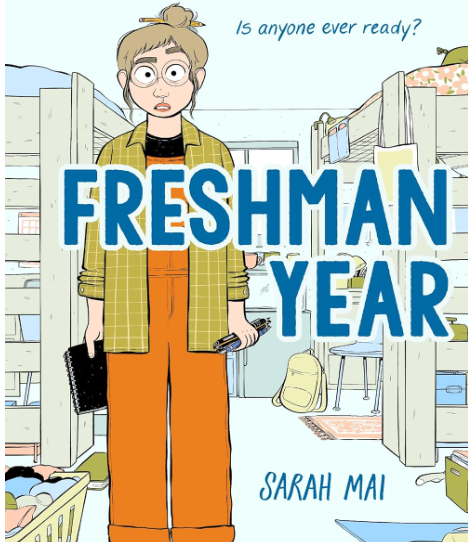Chapter 8:A Guide to Academic Writing!
For my blog post this week, I wanted to talk about chapter 8 in AW(Academic writing). The title of this chapter is “Reading and Writing in the Social Sciences.” When I started reading, I found two major parts of the structure: quantitative and qualitative methods. Quantitative studies are the parts of reading and writing that “rely on collecting numerical data and performing statistical analyses to reveal findings in research”, some examples are chi-square tests and regression. Then, the opposite Qualitative studies “rely on language, observation, and reporting of individual human experiences to reveal findings in research.” Some elements you will notice when reading qualitative research like Method, Data, Results, and Participants. Then, we learn about mixed methods, it is a mix of qualitative and quantitative data and can be referred to as mixed-methodology studies. Then, as you keep scrolling down, you will learn about structure conventions and IMRaD format and how quantitative will reflect the conventions for scientific research using IMRaD format. Then, for language, we learned about active and passive voice. A passive voice is often preferable in writing in the social sciences and natural sciences because although it may seem wordy or unclear to some readers, in some instances, an active voice is a grammatical structure where the subject of a sentence performs the action of the verb. An example to learn is to find the differences in these two sentences: We asked participants to identify the factor that most influenced their decision, and Participants were asked to identify the factors that most influenced their decision. Another language feature common to writing in the social sciences is hedging, and I know I sound like I’m doing some gardening, but I promise it’s not, Hedging occurs when researchers want to make a claim or propose an explanation but also want to be extremely careful not to overstep their finding based on actual data. But if you are struggling to organize your sources, you can go to page 213 and see all you need is to establish your topic, the next step is to conduct your research, and then the last step before writing is the hardest and is called “synthesizing sources,” and it describes the relationship between the among researchers’ ideas or approaches. What I find lacking is what I struggle with. When I research something, it makes no sense, and I get confused because I have never heard of it, but I need to learn so I can write about it.
